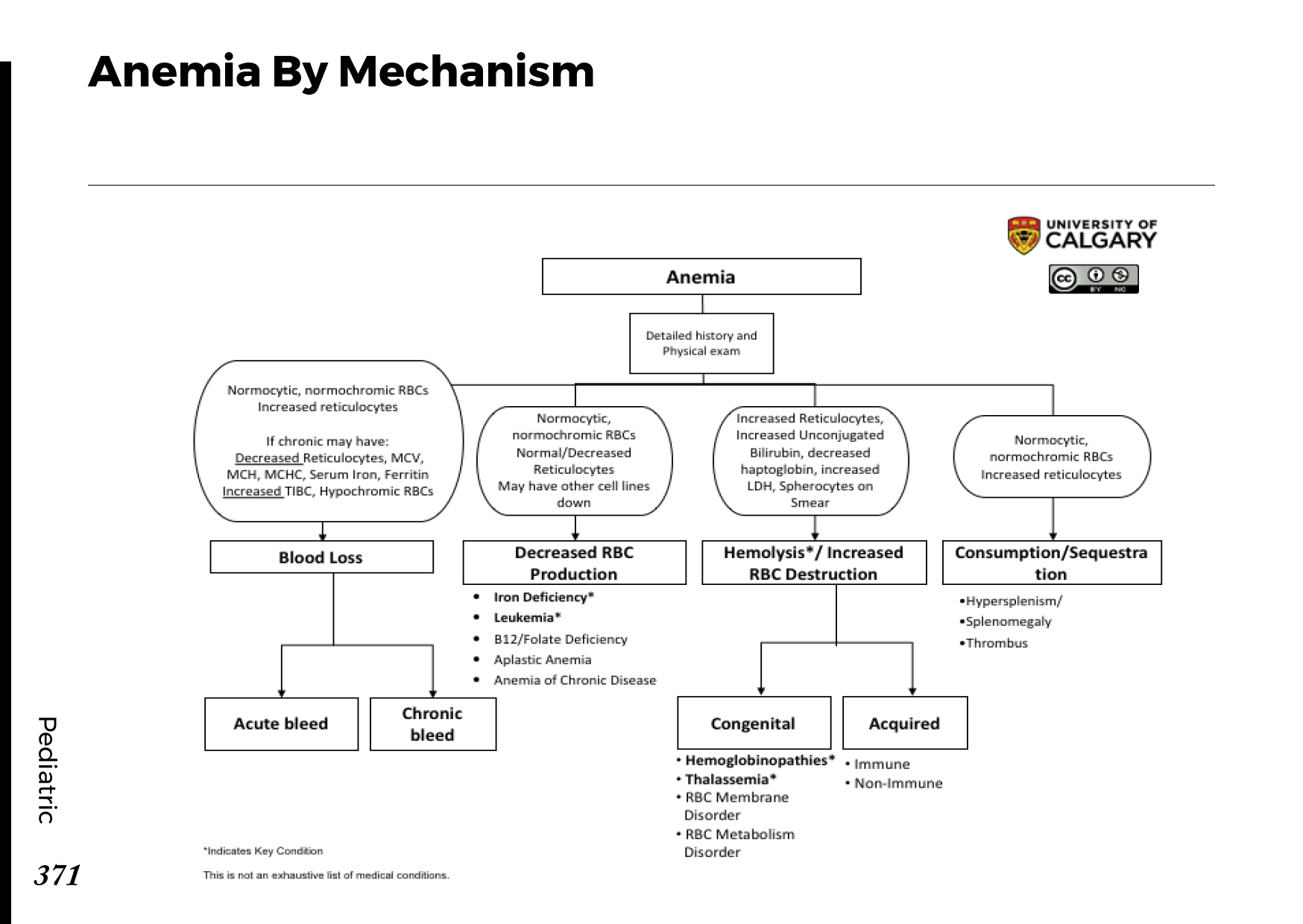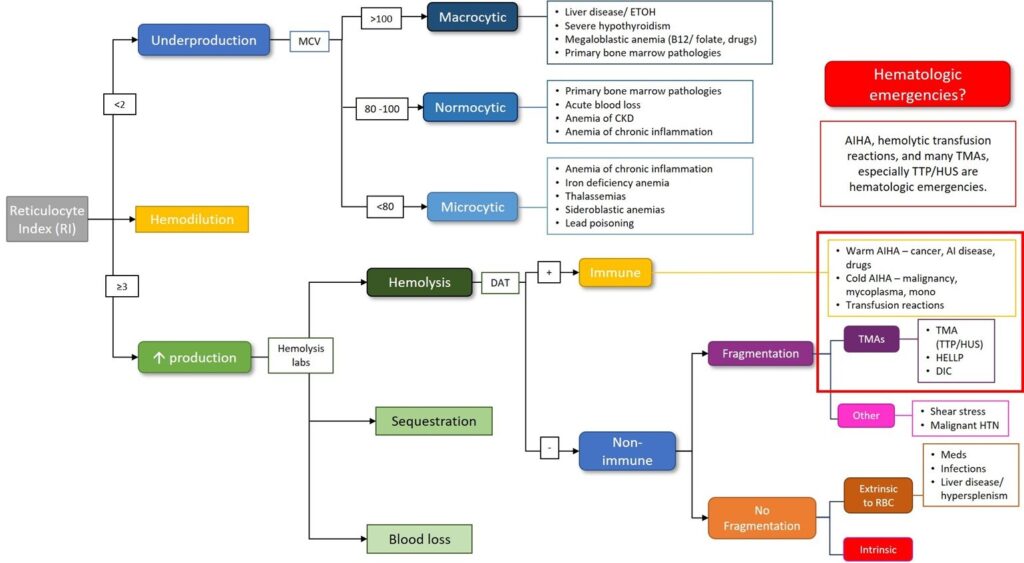Anemia, often abbreviated as A, is a common blood disorder that affects millions of people worldwide. It occurs when the body lacks enough healthy red blood cells or hemoglobin to carry adequate oxygen to the tissues. This condition can lead to fatigue, weakness, and other complications if left untreated. Understanding the different types, causes, symptoms, and treatments of anemia is essential for managing this condition effectively.

What Is Anemia?
Anemia is a medical condition characterized by a deficiency in the number or quality of red blood cells in the body. Red blood cells are responsible for transporting oxygen from the lungs to the rest of the body and returning carbon dioxide to the lungs for exhalation. When the body does not have enough red blood cells or when these cells do not function properly, it results in reduced oxygen delivery to the organs and tissues.
Types of Anemia
Anemia is not a single disease but rather a condition with many possible causes and types. Each type of anemia has distinct characteristics and requires specific treatment approaches. Below are some of the most common types of anemia:
Iron Deficiency Anemia
Iron deficiency anemia is the most prevalent form of anemia worldwide. It occurs when the body does not have enough iron to produce hemoglobin, the protein in red blood cells that carries oxygen. This type of anemia is often caused by insufficient dietary intake of iron, chronic blood loss, or an inability to absorb iron properly.
Vitamin Deficiency Anemia
Vitamin deficiency anemia arises when the body lacks sufficient vitamin B12 or folate, both of which are essential for producing healthy red blood cells. This type of anemia is commonly associated with poor dietary habits, malabsorption disorders, or certain medical conditions that interfere with nutrient absorption.
Hemolytic Anemia
Hemolytic anemia occurs when red blood cells are destroyed faster than the body can replace them. This can happen due to autoimmune disorders, infections, certain medications, or inherited conditions such as sickle cell anemia or thalassemia.
Sickle Cell Anemia
Sickle cell anemia is a hereditary condition where red blood cells become crescent-shaped and rigid, leading to blockages in blood vessels. These abnormal cells break down prematurely, causing a shortage of red blood cells and impairing oxygen delivery throughout the body.
Aplastic Anemia
Aplastic anemia is a rare and serious condition in which the bone marrow fails to produce enough new blood cells. It can result from exposure to toxins, radiation, chemotherapy, or autoimmune diseases.
Anemia of Chronic Disease
This type of anemia is associated with long-term illnesses such as cancer, kidney disease, or autoimmune disorders. Chronic inflammation interferes with the production and function of red blood cells, leading to anemia.
Causes of Anemia
The causes of anemia vary depending on its type. However, some general factors contribute to the development of this condition:
- Blood Loss: Excessive bleeding from injuries, surgery, menstruation, or gastrointestinal issues like ulcers can deplete red blood cell levels.
- Poor Diet: A lack of essential nutrients such as iron, vitamin B12, and folate in the diet can hinder red blood cell production.
- Chronic Diseases: Conditions like kidney disease, cancer, and inflammatory disorders can disrupt normal blood cell production.
- Inherited Disorders: Genetic conditions such as sickle cell anemia and thalassemia affect the structure or function of red blood cells.
- Medications: Certain drugs used to treat infections, cancer, or autoimmune diseases may suppress bone marrow activity or damage red blood cells.
Symptoms of Anemia
The symptoms of anemia can range from mild to severe, depending on the underlying cause and the extent of the deficiency. Common signs and symptoms include:
- Fatigue and weakness
- Shortness of breath
- Dizziness or lightheadedness
- Pale or yellowish skin
- Cold hands and feet
- Irregular heartbeat
- Chest pain
- Headaches
- Cognitive difficulties, such as trouble concentrating
In severe cases, anemia can lead to complications such as heart problems, pregnancy-related issues, and developmental delays in children.
Treatments for Anemia
Treatment for anemia depends on its type, severity, and underlying cause. The goal of treatment is to restore the balance of red blood cells and improve oxygen delivery to the body’s tissues. Here are some common approaches:
Dietary Changes
For individuals with iron deficiency or vitamin deficiency anemia, dietary modifications can play a crucial role in recovery. Consuming foods rich in iron, vitamin B12, and folate can help replenish nutrient stores. Examples include:
- Iron-rich foods: Lean meats, beans, spinach, and fortified cereals
- Vitamin B12 sources: Fish, poultry, eggs, and dairy products
- Folate-rich options: Leafy greens, citrus fruits, and legumes
Supplements
In cases where dietary changes alone are insufficient, healthcare providers may recommend supplements to address nutrient deficiencies. Iron tablets, vitamin B12 injections, or folic acid pills are commonly prescribed based on the specific needs of the patient.
Medications
Certain medications can be used to manage or treat anemia. For example:
- Erythropoiesis-stimulating agents (ESAs) may be prescribed to stimulate red blood cell production in patients with chronic kidney disease.
- Immunosuppressive drugs can help control autoimmune hemolytic anemia by reducing the destruction of red blood cells.
Blood Transfusions
In severe cases of anemia, blood transfusions may be necessary to quickly increase the number of red blood cells and improve oxygen delivery. This approach is often used for acute blood loss or life-threatening situations.
Bone Marrow Transplant
For individuals with aplastic anemia or certain inherited forms of anemia, a bone marrow transplant may be considered. This procedure involves replacing damaged bone marrow with healthy donor cells to restore normal blood cell production.
Treatment of Underlying Conditions
Addressing the root cause of anemia is critical for long-term management. For instance:
- Treating infections or ulcers that cause blood loss
- Managing chronic diseases like kidney failure or rheumatoid arthritis
- Adjusting medications that contribute to anemia
Preventive Measures
While not all types of anemia can be prevented, adopting healthy lifestyle practices can reduce the risk of developing certain forms of the condition:
- Eating a balanced diet rich in essential nutrients
- Getting regular check-ups to monitor blood health
- Avoiding excessive alcohol consumption, which can interfere with red blood cell production
- Taking precautions to prevent infections and injuries
When to See a Doctor
If you experience persistent fatigue, unexplained weakness, or any combination of anemia symptoms, it is important to consult a healthcare professional. Early diagnosis and treatment can prevent complications and improve overall well-being. Additionally, individuals with known risk factors, such as chronic illness or a family history of anemia, should undergo regular screenings to detect potential issues early.





